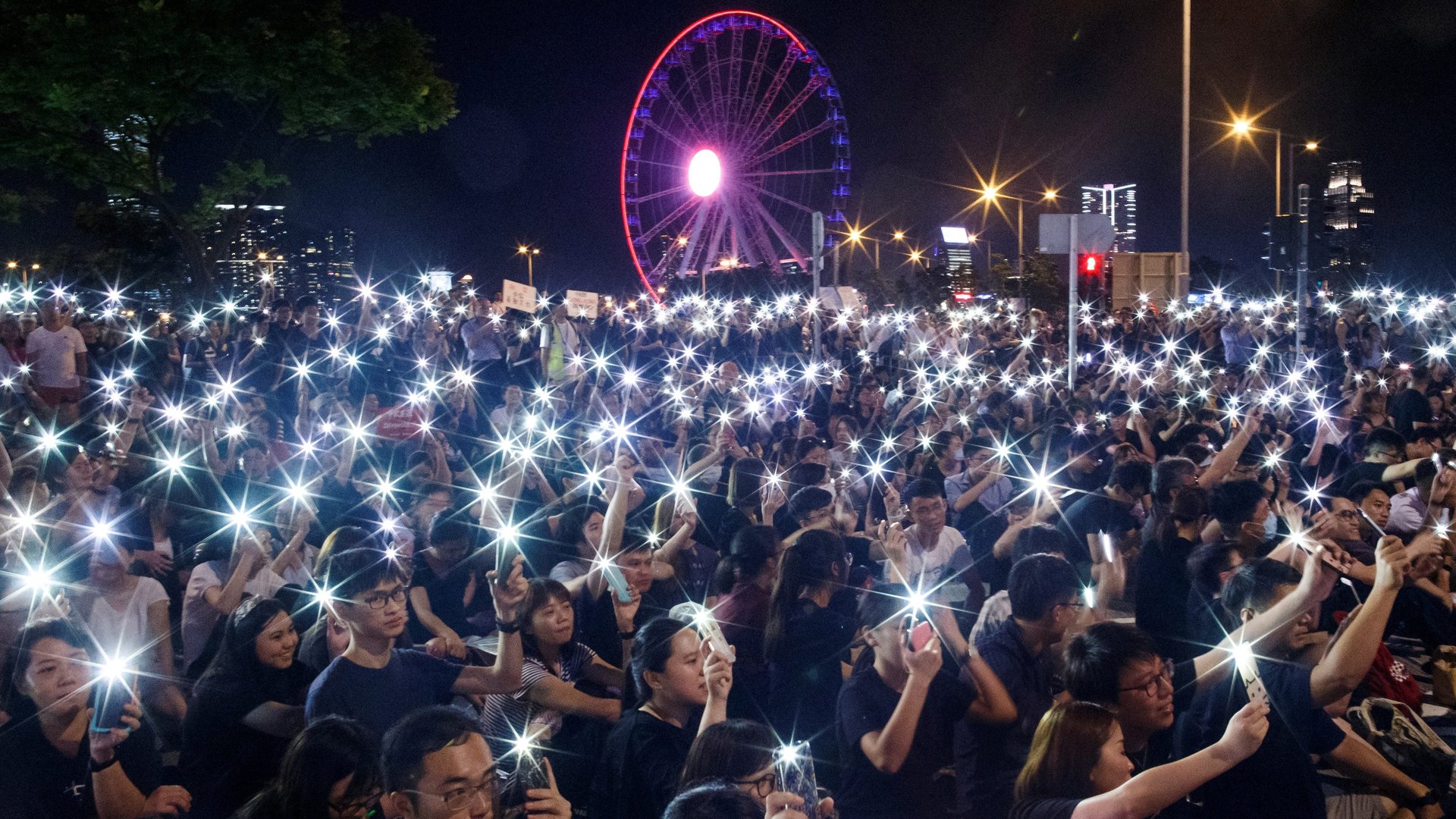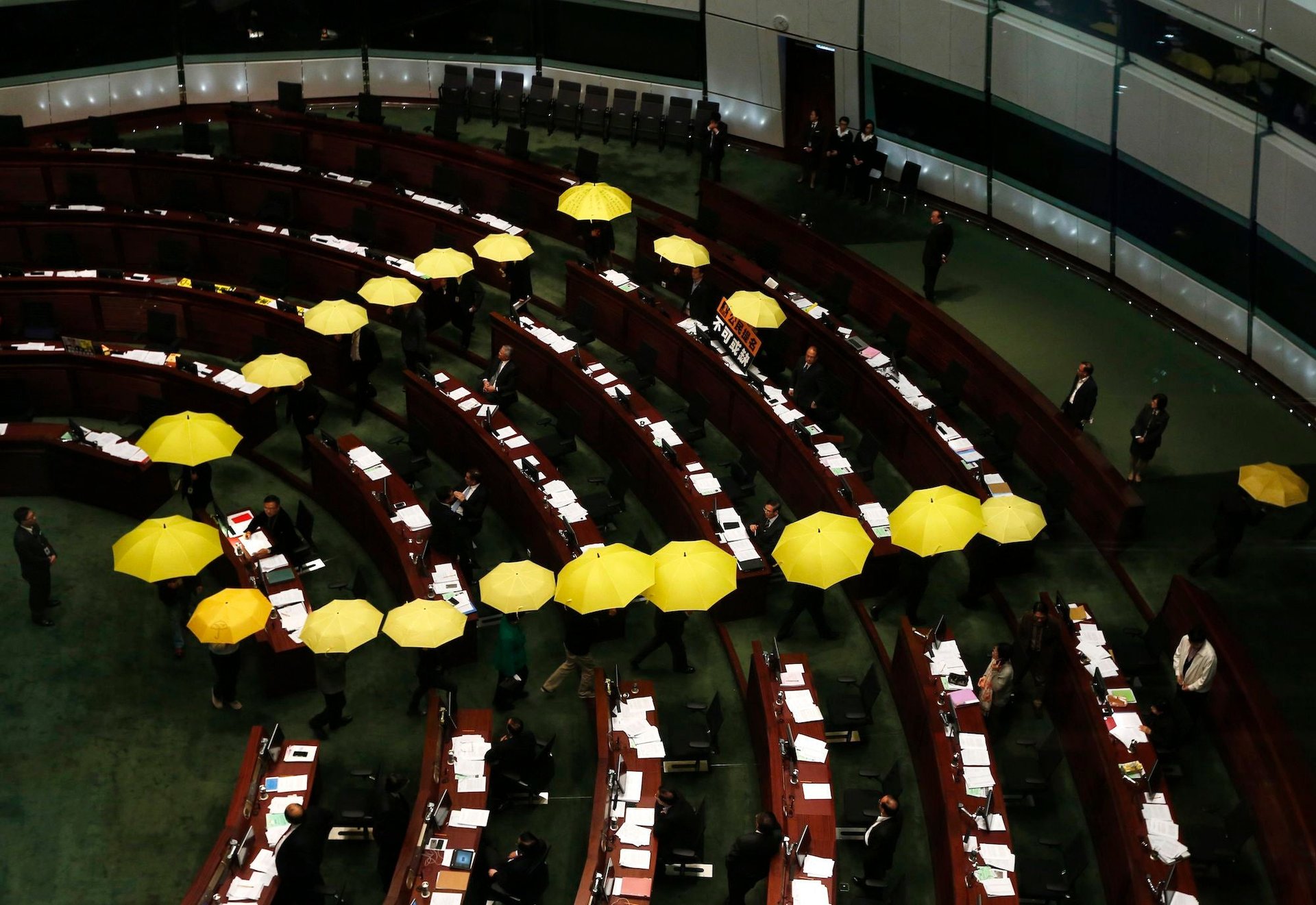What do we call Hong Kong’s nameless “2019 protests” in 2020?
It was Confucius who extolled the “rectification of names.” “If names be not correct,” he said, “language is not in accordance with the truth of things.” And as much as it is stooping to the most base of journalistic clichés to begin a China-related article by referring to Confucius, it’s hard not to agree that the old guy was onto something.


It was Confucius who extolled the “rectification of names.” “If names be not correct,” he said, “language is not in accordance with the truth of things.” And as much as it is stooping to the most base of journalistic clichés to begin a China-related article by referring to Confucius, it’s hard not to agree that the old guy was onto something.
As Hong Kong’s protest movement passed the six-month mark and the year drew to a close, the question of what name to give a movement that began in June 2019 became a vexed one for editors and reporters, academics, and commentators. With the season of year-end wrap-ups and retrospectives now upon us, the need to call it something is especially acute. There is only so long that people can go on writing, “this movement,” “the present unrest,” or the “ongoing protests” before our capability for gymnastic euphemism is exhausted.
While some have argued passionately against the media’s instinct to impose a label, there comes a point at which it is not a matter of ideology but simply a practical necessity. If we are going to talk about this moment in history, especially if we try to set it alongside other such moments in history, we need to rectify its name.
The protests were initially directed solely against the extradition law amendment bill, which would allow suspects in Hong Kong to be sent to mainland China, and therefore called the “anti-ELAB protests.” However, the protesters’ demands quickly expanded well beyond the bill. The protests continued long after it was suspended, then withdrawn, by chief executive Carrie Lam.
“Hong Kong’s Summer of Discontent” had an appealing ring to it and enjoyed heavy rotation as protests consumed the hot and humid weekends of that season, but summer soon gave way to autumn and then to winter, with no end to the protests in sight. We would soon be running out of seasons.
The protest movement Hong Kong witnessed in 2014 was blessed with two credible sobriquets. Even before it began, it was being referred to as “Occupy Central,” after University of Hong Kong academic Benny Tai’s plan for an Occupy Wall Street-inspired civil disobedience movement that would see the occupation of Hong Kong’s Central financial district. However, soon after police fired tear gas on umbrella-wielding protesters on Sept. 28 2014, prompting the beginning of the occupation, the movement acquired the more evocative “Umbrella Movement,” a name that was reinforced by the movement’s self-consciously umbrella-heavy iconography.

In 2019, commentators again looked for a similar cultural icon which might lend its name to the movement. Some (including the present author) proposed the “Hard Hat Revolution” after the distinctive yellow hard hats worn by protesters which became emblematic of the movement’s visual identity, alongside the pink-filtered respirator masks and black-bloc uniforms. Hard hats represented the protesters’ resistance against the power of state violence, and appeared everywhere from classrooms…
…to statues on university campuses.
The Financial Times advocated for “Water Revolution” (paywall) in homage to the protesters’ Bruce Lee-inspired “Be Water” philosophy, a notable contrast to the static “occupation” strategy of the Umbrella Movement. Both of these suggestions, however, seemed in the end rather too precious and contrived. And without street occupations this time, “Occupy 2.0” was never really in the running.
“Pro-democracy protests” and “anti-government protests” were accurate but not sufficiently specific (anti which government?), while “anti-China protests” risked mischaracterizing the entire movement as xenophobia-driven.
As the months wore on some pointed out that the events of 2019 seemed to have long outgrown the descriptor of “protests”; this was a city-wide uprising. However, to call it the “Hong Kong Uprising”—or to employ terms such as “insurgency” or “rebellion”—was surely being over-dramatic, and did not quite fit the reality on the streets where daily life was continuing as normal, even just a few blocks away from violent clashes between protesters and police.
In the end, simplicity is perhaps the most appropriate course to follow. The Maoist-inspired unrest that rocked Hong Kong in 1967 has come to be known as simply the “1967 Riots.” It helped that those protests were brought under control by late in that year and, conveniently, the final terrorist bomb was discovered on Christmas Day, 1967, marking a calendar year-end to the turmoil.
And for now, as the intensity of protests winds down and the weekly cycle of unrest appears to have been broken, it may just be that the Hong Kong “2019 Protests” is the most appropriate term.
Which of course is also unsatisfactory. If there is one thing everyone can agree on, it is that the current protest movement is far from over and, in the face of ongoing community discontent and government intransigence, the protests are likely to continue as we move into 2020.
The movement may yet find its historical destiny—and its name. But for now it is time to say, “Farewell 2019 Protests,” and, “Hello 2020 Protests.”
Read more of Quartz’s coverage of the Hong Kong protests.